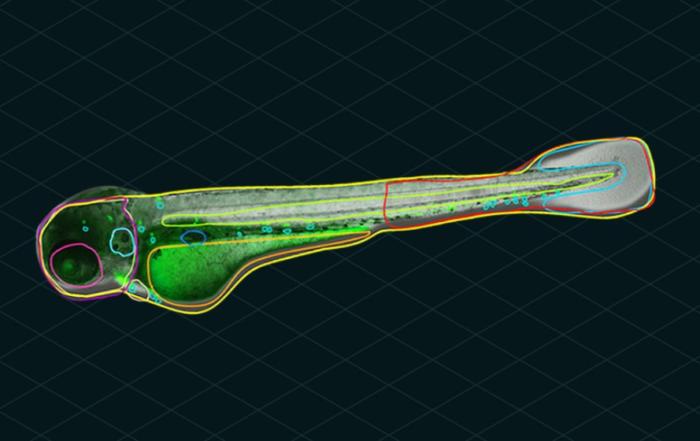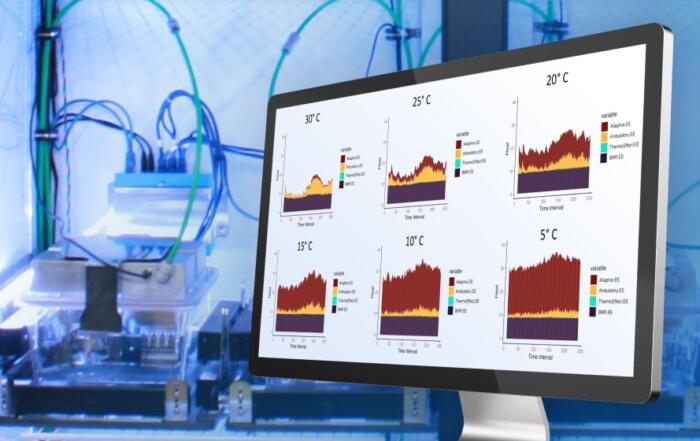Experts discuss how automated microscopy and image analysis can quantify critical markers of infection and describe the insight provided by microscopy in the context of SARS-CoV-2 infection and inflammation.
To watch this webinar, please contact IDEA Bio-Medical: info@idea-bio.com.
The substantial, real-world impact of SARS-CoV-2 inflammatory disease (COVID-19) is intertwined with the immune response occurring inside of individual cells. The innate immune response is the first line of defense that can stop or slow many types of infection. It is critical in mounting systemic antiviral responses and signaling to white blood cells (macrophages). SARS-CoV-2 mediated delays of innate immune response activation in airway epithelium cells might provide an opening for the virus to establish itself and shape the outcome of an infection.
Preservation of the in-situ cellular environment was vital to investigating the interplay between the antiviral and inflammatory roles of the innate immune response to SARS-CoV-2 infection. Automated, high-content imaging (HCI) readily achieves this need and enables direct visualization of the intracellular immune response.
In this webinar, Dr. Jason Otterstrom and Dr. Matthew Whelan describe how automated microscopy and image analysis can quantify critical markers of infection. Dr. Ann-Kathrin Reuschl, co-lead author of two SARS-CoV-2 infection and inflammation studies, describes the insight provided by microscopy and how it relates to complementary techniques. Her results reveal that some SARS-CoV-2 variants have evolved the ability to antagonize the intracellular immune response, providing insight into the emergence of subtypes such as the Alpha and Omicron. Understanding interactions between the virus and the host innate immune response provides a window of opportunity to discover potential therapeutics against severe COVID-19.
Key Topics Include:
- What is high-content imaging (HCI) and how researchers can use it in 2D cell culture and virology
- How HCI data and insights integrate into larger -omics studies
- Future directions for HCI in virology to study mechanisms of viral propagation among cells
Who Should Attend?
- Virologists and immunologists looking to improve their throughput and data quantification using HCI
- Life-science researchers who want a picture of what is happening in situ with their samples to measure spatial and morphological phenomena
- People who want to learn how events taking place inside our cells can affect our whole body when we get sick
Resources
To retrieve a PDF copy of the presentation, click on the link below the slide player. From this page, click on the “Download” link to retrieve the file.
Presenters
Research Fellow
HCS Microscopy and Image Analysis
University College London
Application Scientist
IDEA Bio-Medical
Postdoctoral Research Associate
Division of Infection & Immunity
University College London







